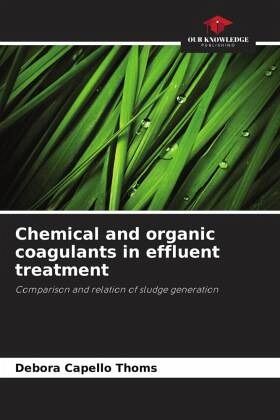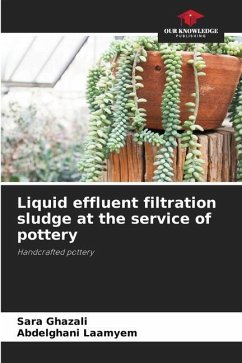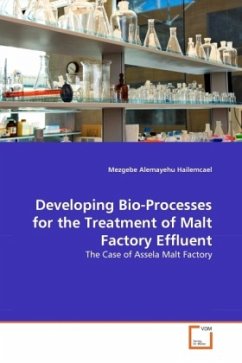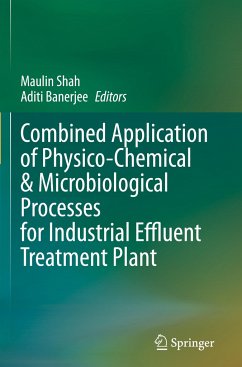
Chemical and organic coagulants in effluent treatment
Comparison and relation of sludge generation
Versandkostenfrei!
Versandfertig in 6-10 Tagen
24,99 €
inkl. MwSt.

PAYBACK Punkte
12 °P sammeln!
The concern and demands for the proper treatment of effluents generated in the most diverse processes arising from anthropogenic activities are nothing new these days, and are growing more and more. Among the most commonly used chemical coagulants are aluminum sulfate, ferric chloride, aluminum hydroxychloride and ferric sulfate. These coagulants are used in the primary process and are responsible for removing approximately 60% of the organic matter (SCHUCK, 2011), microorganisms and other substances present in the effluent. In recent years, natural alternatives without the metallic compositio...
The concern and demands for the proper treatment of effluents generated in the most diverse processes arising from anthropogenic activities are nothing new these days, and are growing more and more. Among the most commonly used chemical coagulants are aluminum sulfate, ferric chloride, aluminum hydroxychloride and ferric sulfate. These coagulants are used in the primary process and are responsible for removing approximately 60% of the organic matter (SCHUCK, 2011), microorganisms and other substances present in the effluent. In recent years, natural alternatives without the metallic composition found in traditional coagulants have been sought to remove organic matter. Among the alternatives is tannin, described by Cruz (2004) as a natural polymer that is increasingly being used, obtained from the extract of black wattle (Acacia mearnsii). The use of these coagulants/flocculants depends on the physical characteristics of each effluent under analysis, relating mainly to the solids content and resulting in the volume of sludge generated in the effluent treatment plant (LORA, 2002).












